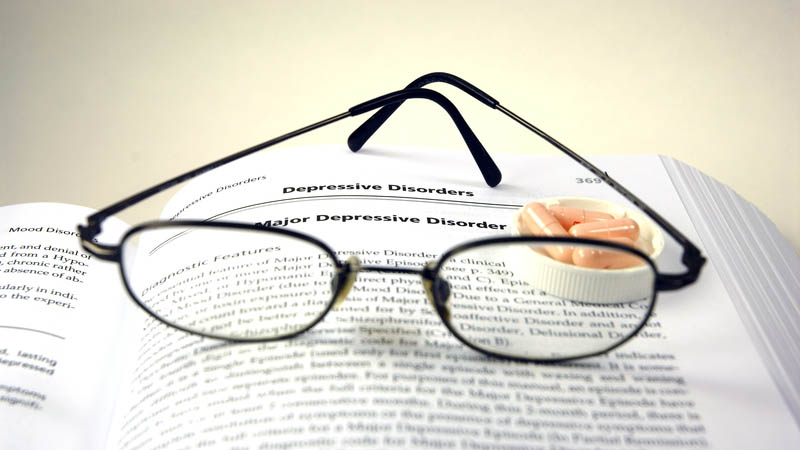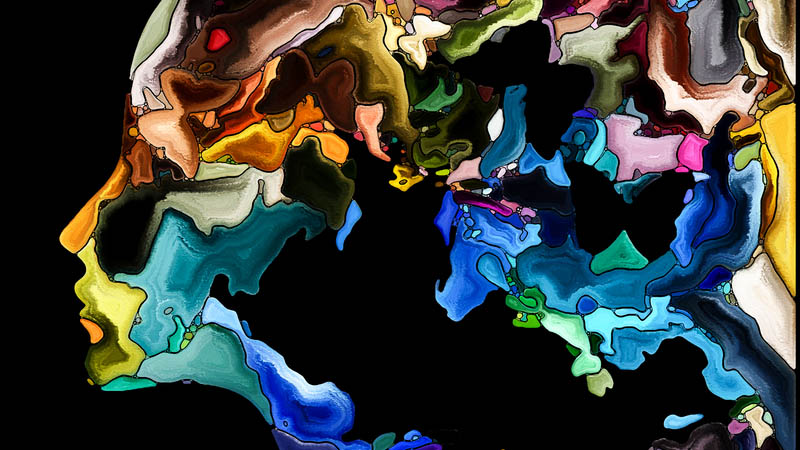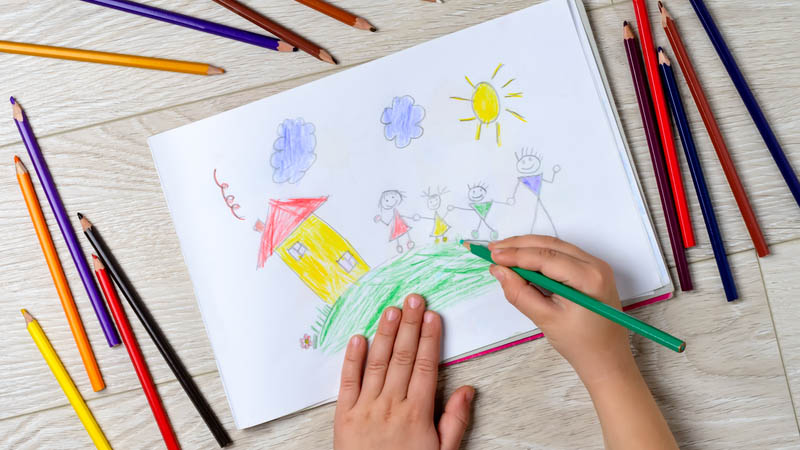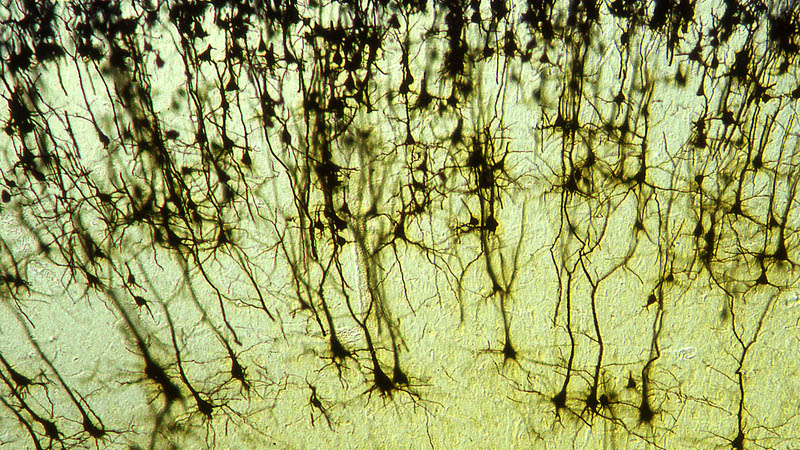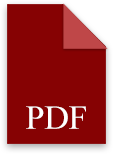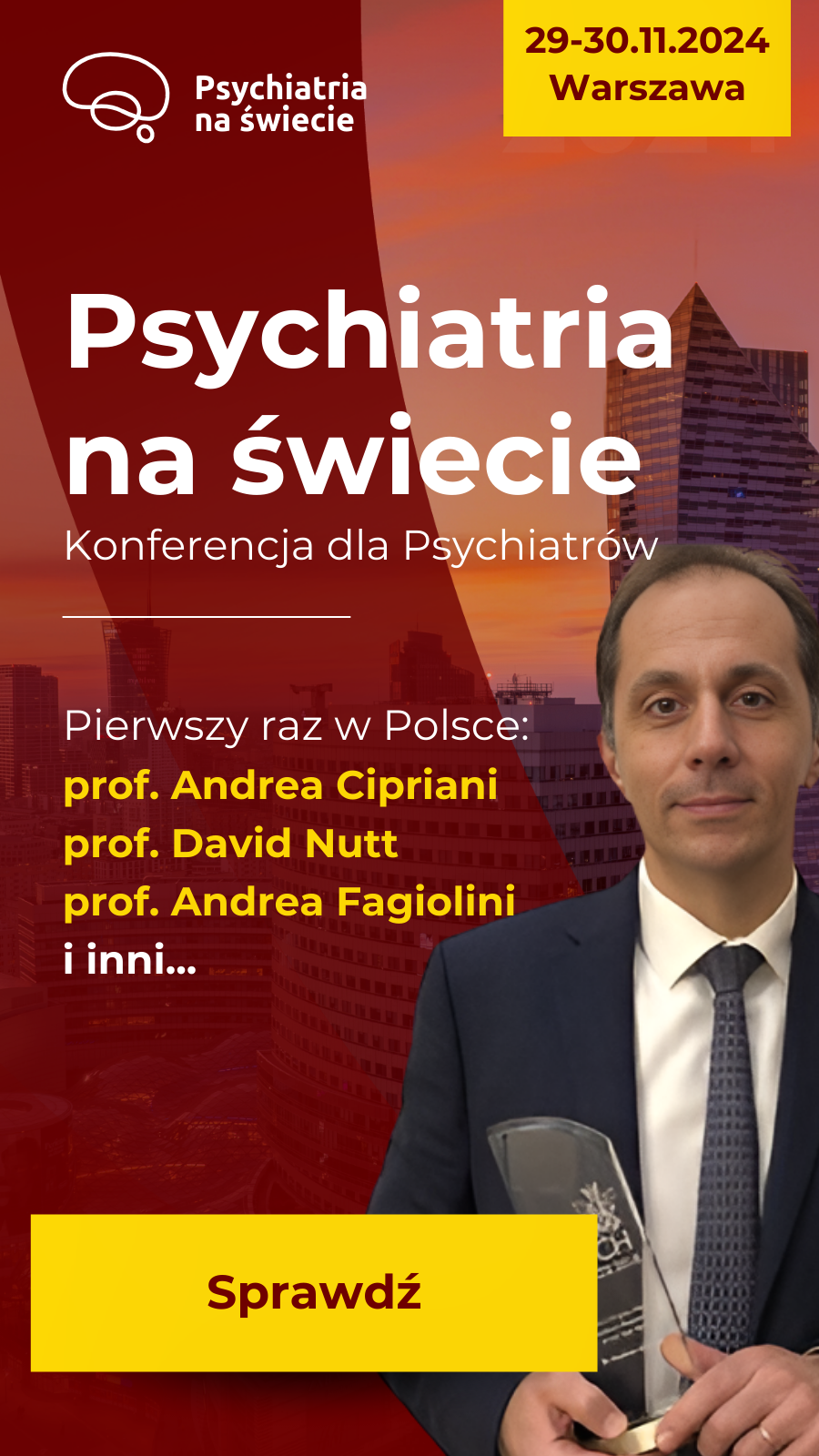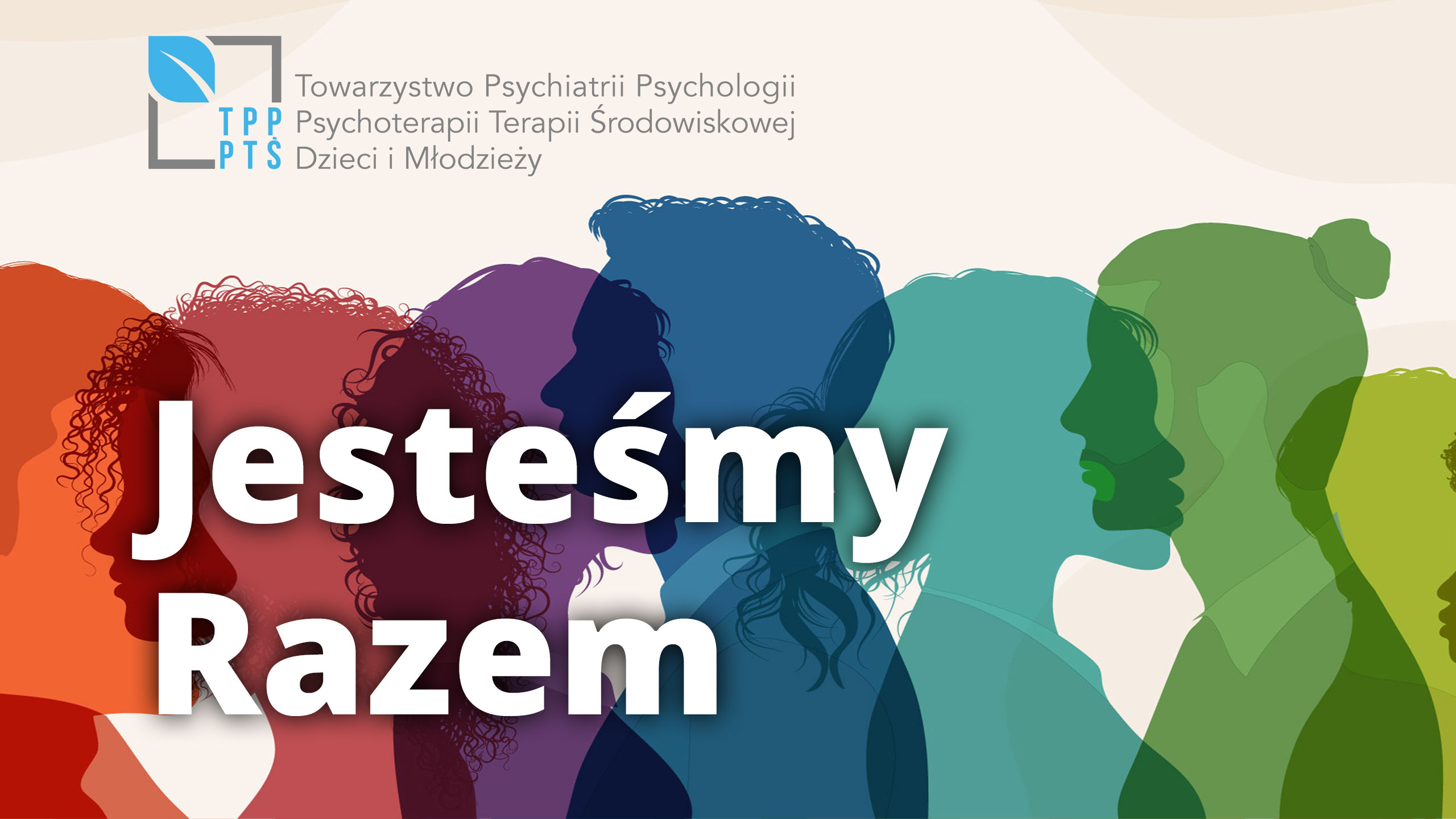Neurofeedback and multimodal treatment of ADHD
Artur Kołakowski
 Affiliacja i adres do korespondencji
Affiliacja i adres do korespondencjiThe attention‑deficit/hyperactivity disorder belongs to the most frequently diagnosed psychological (psychiatric) disorders in childhood. It is characterized by the presence of fixed behaviour patterns maintained for at least 6 months and forming a characteristic triad of symptoms, such as inattention, impulsivity and hyperactivity, increased to the extent incommensurable to the child’s age and development level. Most of the guidelines on handling the ADHD suggest using non‑pharmacological methods and only when these appear ineffective, considering inclusion of pharmacological treatment. On the other hand, the studies indicate that most effective in ADHD treatment is the pharmacological treatment. It is worth emphasizing, however, that none of the presently available treatment methods solves all problems of the child’s functioning, therefore there is a constant demand for searching new ways of help for the ADHD‑affected children. One of the investigated methods is neurobiofeedback (NF). In this method, teaching the patient to influence the brain activity through instructing her/him on how to change the type of waves in the EEG – is to improve her/his functioning. In the problem described in the article an improvement in the EEG (achieved during exercise) is to reduce the ADHD symptoms. But a survey of the existing research does not give an explicit answer whether or not this method is effective in ADHD treatment to the extent which could improve the patient’s functioning in real life. It is worth noting that as for now none of the guidelines has pointed to neurobiofeedback as a method recommended in the treatment of ADHD. Concluding, up to date we have not had any evidence that NF may constitute an independent or leading therapy in ADHD; we need further studies to specify whether or not this is a method which could be a part of a comprehensive therapeutic program of the child with ADHD. Presently, it is treated rather as an additional, alternative method which supplements the basic treatment.




